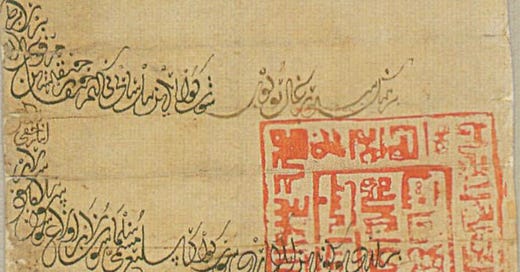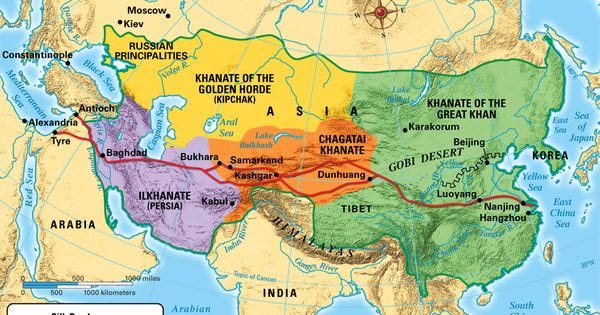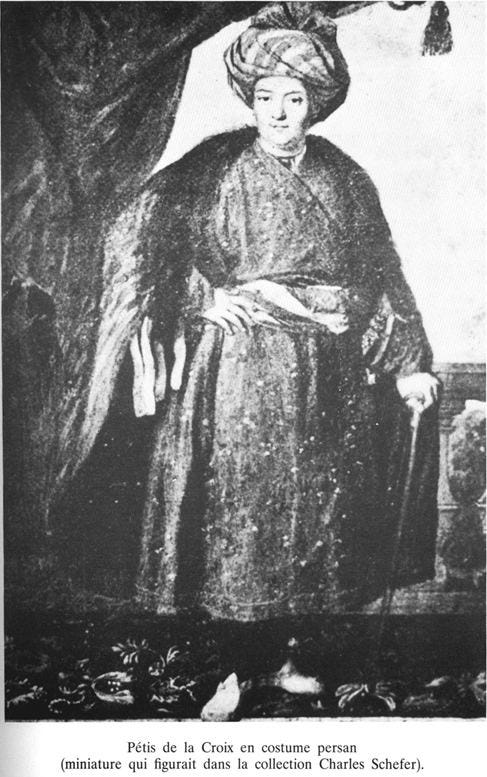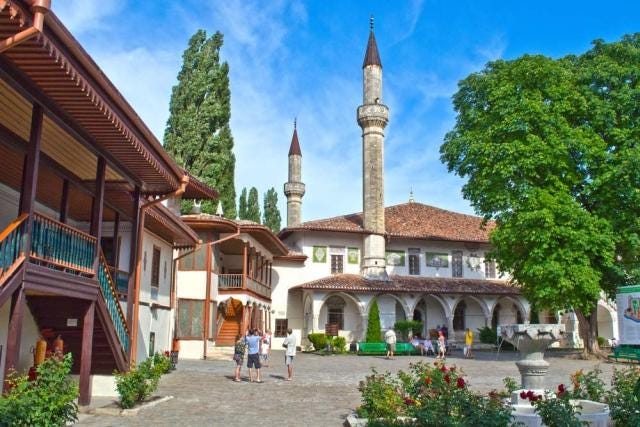Imperiogenesis argument is well known in Russia. Some cheer the Horde for laying foundations of vast empire. Others lament the orientalisation of Russia and adoption of 'Asian despotism'. But how did the Horde itself look like?
While the impact of the Horde on Russia was widely discussed, until recently there were few studies on political, legal, institutional tradition of the Horde. A great pile of literature focusing on this subject is appearing right now - there are even very decent works in English
Regarding the early, Mongol period, the honest answer would be - we don't know. General studies mention 'Yasa', the Mongol Code of laws allegedly introduced by Chinghis Khan. But was Yasa an actual document, statute, or a name for the Mongol common law? Scholars still debate
Actually the very notion of Yasa as an actual document was introduced by a French historian François Petis de la Croix in the 17th c. He didn't have a text of it, just assumed it existed. Later, Russian historians tried to reconstruct its text relying on Muslim sources
So even regarding Yasa we are not really sure if it was a statute or a common law tradition legitimised by the authority of Chinghis Khan
What we know very well however, is the post-Horde period. And the best documented successor of the Horde is the Crimean Khanate. While all the major cities of the Horde were destroyed with all their documents, Crimean cities survived and their archives survived, too
What does it mean? In Crimea we have not only 'sources-myths', but also 'sources-remains'. We have not only chronicles or royal decrees, but also court protocols, correspondence, etc. We know not only the theoretical legal norms, but also - the real legal and political practice
Keep reading with a 7-day free trial
Subscribe to kamilkazani to keep reading this post and get 7 days of free access to the full post archives.







